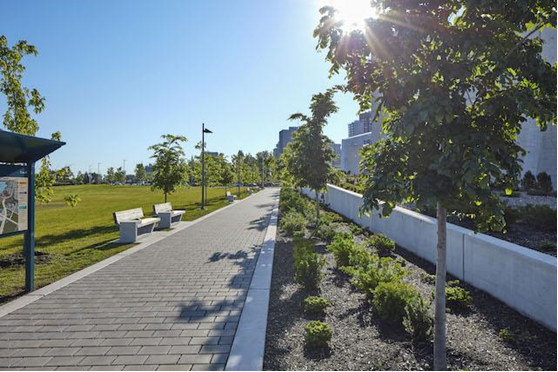
Millennials and Generation Z have a prominent place in our public spaces as they enter the workforce and start families. It may sound obvious, but public space designs for these generations will be a priority for commercial architects and landscape architects both for the short and long term.
The design of public spaces will need to cater to these groups’ changing requirements, as we continue in current restrictions, and eventually, navigate a post-COVID world.
Public space designs need to be designed for millennials and Gen Z as they are, and will continue to be, the primary demographic. As such, designs need to be greener, simpler, have more community input, be more accessible and be made with the right materials.
Get Creative
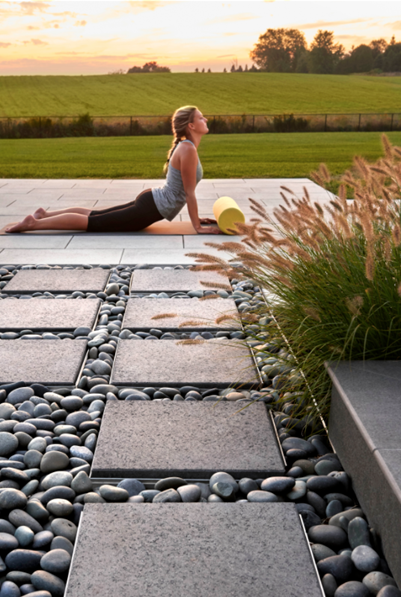
Generation Z, per a research study done by IOP Science, love exercising, looking for inspiration and interacting with friends in public spaces. They enjoy contemplative activities, as this generation wants to feel more connectivity and spirituality with the outdoors and themselves.
However, Generation Z cannot be separated from the development of social media today. Facebook, Instagram and Tik Tok are a daily part of their lives, and your public space has the opportunity to be a part of that. Make your space provocative and spectacular, because Gen Z doesn’t like common things, they love diversity, and they want to show their followers when they discover something that is unique.
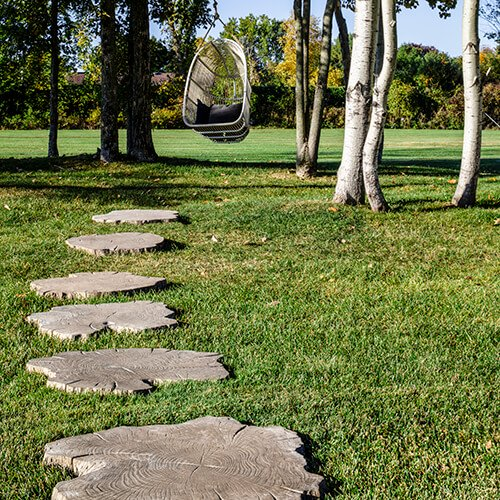
When they find a space that speaks to them, Gen Z and millennials can become passionate advocates, urging their followers to visit and share as well.
While it used to be illegal, local artists’ creative murals are now mainstream because younger generations are drawn to the edgy aesthetic. They will travel far distances to use them as picture-perfect backdrops to chronical their adventures. Graffiti became the art of millennials, and Gen Z are continuing it, which is proven by their penchant for taking photos of places they like and memorializing them on their social media feeds.
One way to cater to their desire for eye-catching design is to create a design that is up off the ground or visible from multiple angles, so there are many opportunities for photos and visitors don’t need to get too close to experience it.
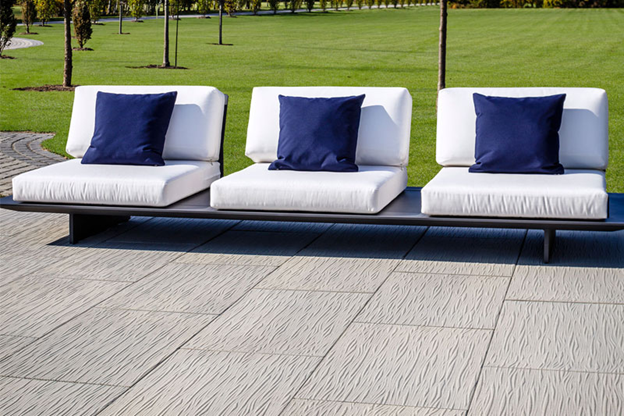
To keep in mind COVID-19, you can create physical structures that are creatively separated, like benches or tables, to have users maintain a social distance of six feet. Or, you can create washable art in public spaces with a dash of creativity and paint. In Italy, an art studio crafted socially distanced squares to remind people to maintain their distance.
Build With the Right Materials
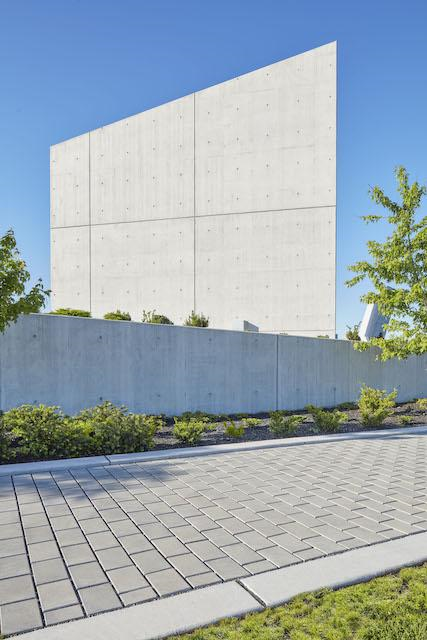
Also important to younger generations are the aesthetic and sustainability factors assigned to design. Per Deloitte and their 2019 Generational Study, climate change and the environment were millennials’ and Gen Z’s top concern, beating out terrorism, unemployment, income inequality, crime and personal safety.
Even with COVID concerns mounting, the pandemic hasn’t ousted climate change from the top concern slot. Protests have gone virtual, and before/after pictures of pollution have gone viral. That’s because they consider climate change a long-term concern, and worthy of long-term consideration. And because landscape designers design public spaces for long-term use, they need to take sustainability — things such as the constructions’ carbon footprint, materials purchased and more — into consideration more than ever.
As millennials grow into more decision-making positions, architects and landscape architects may see these new leaders challenging the norm. They’ll want their projects built with materials that are sustainable and safe to both visitors and the environment.
An estimated 10 trillion gallons of untreated stormwater runoff containing trash and toxins enter U.S. waterways every year, polluting the environment. Younger generations want more of a focus on green infrastructure, which can be accomplished by adding vegetated rooftops, roadside plantings, stormwater management paving systems (i.e. systems that use permeable pavers) and absorbent gardens to your public space design.
Building with the right materials can cater to the generational needs of millennials and Gen Z while also adhering to post-COVID precautions. You need materials that are less likely to latch onto germs and are easier to clean, while also being sustainable and beautiful.
Keep It Simple and Adaptable
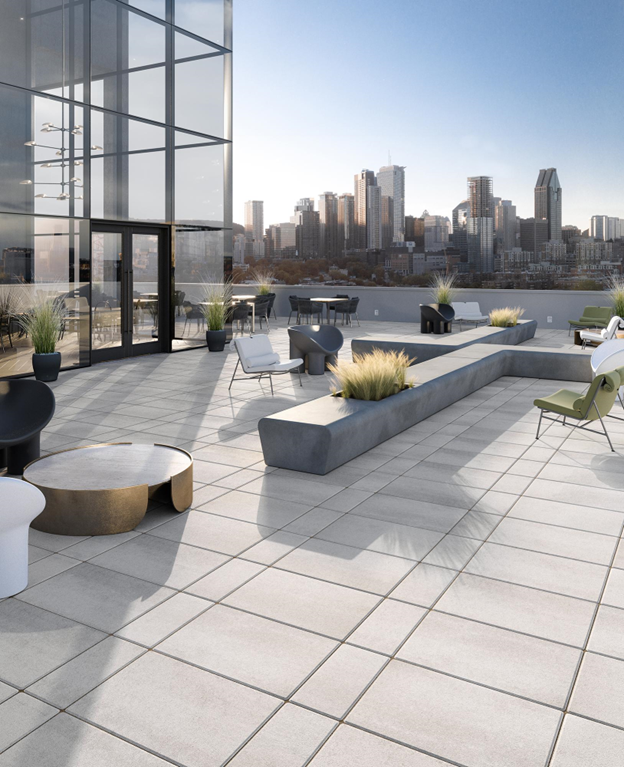
By maintaining a simple and adaptable design, you are allowing yourself more room for future enhancements. Don’t underestimate the benefits of green space, which creates shared recreational spaces for users whether they want to lounge in the shade or play with their kids.
Millennials and Gen Z are the overwhelming majority in the fitness market, representing 80% of all gym users, thanks to the wide-open space that’s adaptable to their exercise needs. And they both love green space and open outdoor areas. In Brooklyn, New York, designers drew white circles six feet apart in their waterfront Domino Park arranged in symmetrical rows to create an organized, aesthetic place for people to sit.
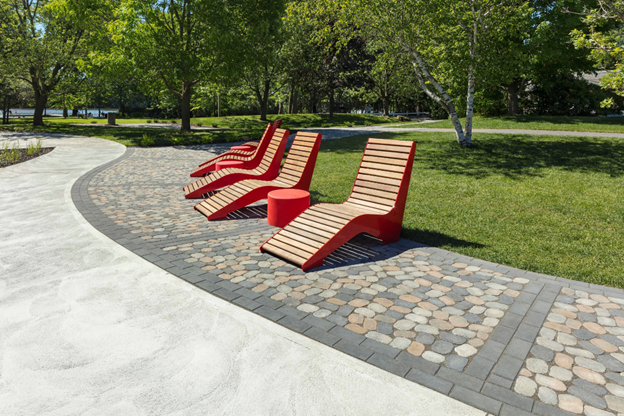
Adding temporary additions to your space is also achievable. An engineering firm named Arup designed parklets, hybrid street furniture and planters to assist Liverpool’s restaurants in reopening during COVID-19.
Offering flexibility in your urban design and making it diverse with different areas that are open to multiple types of activities are perfect for Generation Z and millennials. Generation Z has listed flexibility as one of their main preferences for public spaces. They want areas where they can hang out with their friends and areas to relax in solitude.
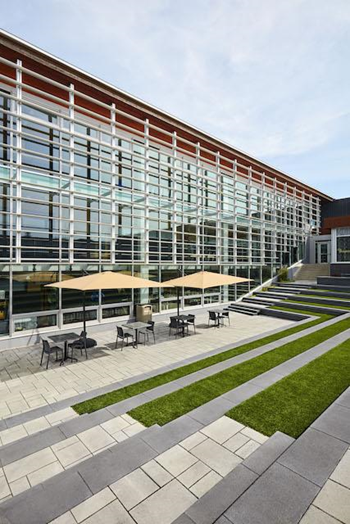
This pairs up well with millennials who don’t adhere to traditional space standards. In workplace areas, they have opted for new options for working spaces, like quiet areas, walking workstations, standing desks and outdoor working areas. Outdoor office spaces are also becoming more and more common, including tables near outdoor outlets, benches for eating and movable chairs that can be rearranged to accommodate meetings.
Diverse areas with creative amenities are a surefire way to attract younger generations.
Less Focus on Cars, More Focus on People

According to Forbes, millennials and Gen Z eschew driving. If they can avoid driving a car, they will happily and eagerly find a means around doing so because they don’t like making large capital purchases, preferring ridesharing, biking and ecological awareness.
Accessibility is key for these generations, and making your public space as user friendly as possible is key to project success. Create paths and wayfinding signage to improve connectivity for pedestrians, cyclists and people with physical disabilities. Well-lit and frequent opportunities for taxis and Uber dropoffs, bike racks, scooter chargers and other alternative transportation accommodations will go a long way in making the space feel welcoming to younger generations.
Designing a public space easily accessible by multiple transportation methods can also help with the approval process. Less vehicular traffic means less congestion, fewer accidents and a lower environmental impact, all of which are strong selling points when presenting to committees.
The Changing Landscape of Public Design Spaces
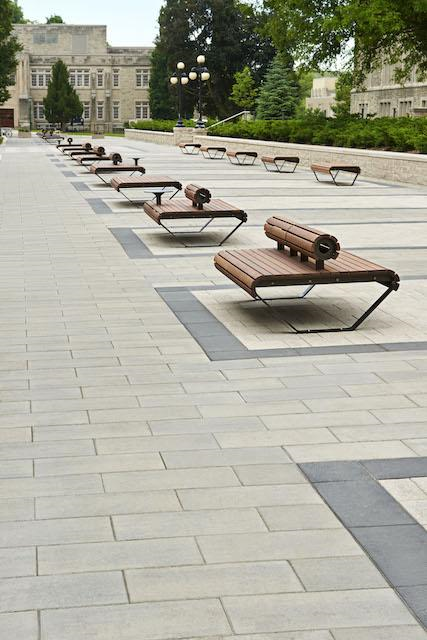
Catering your design to appease millennials and Gen Z will position you for success and set your public space apart. Incorporate eye-catching art, sustainable materials and accessible spaces to create a design that will draw generations of visitors.
For more information on how Techo-Bloc can help you design a public space for the ones that will use it most, contact us here.
